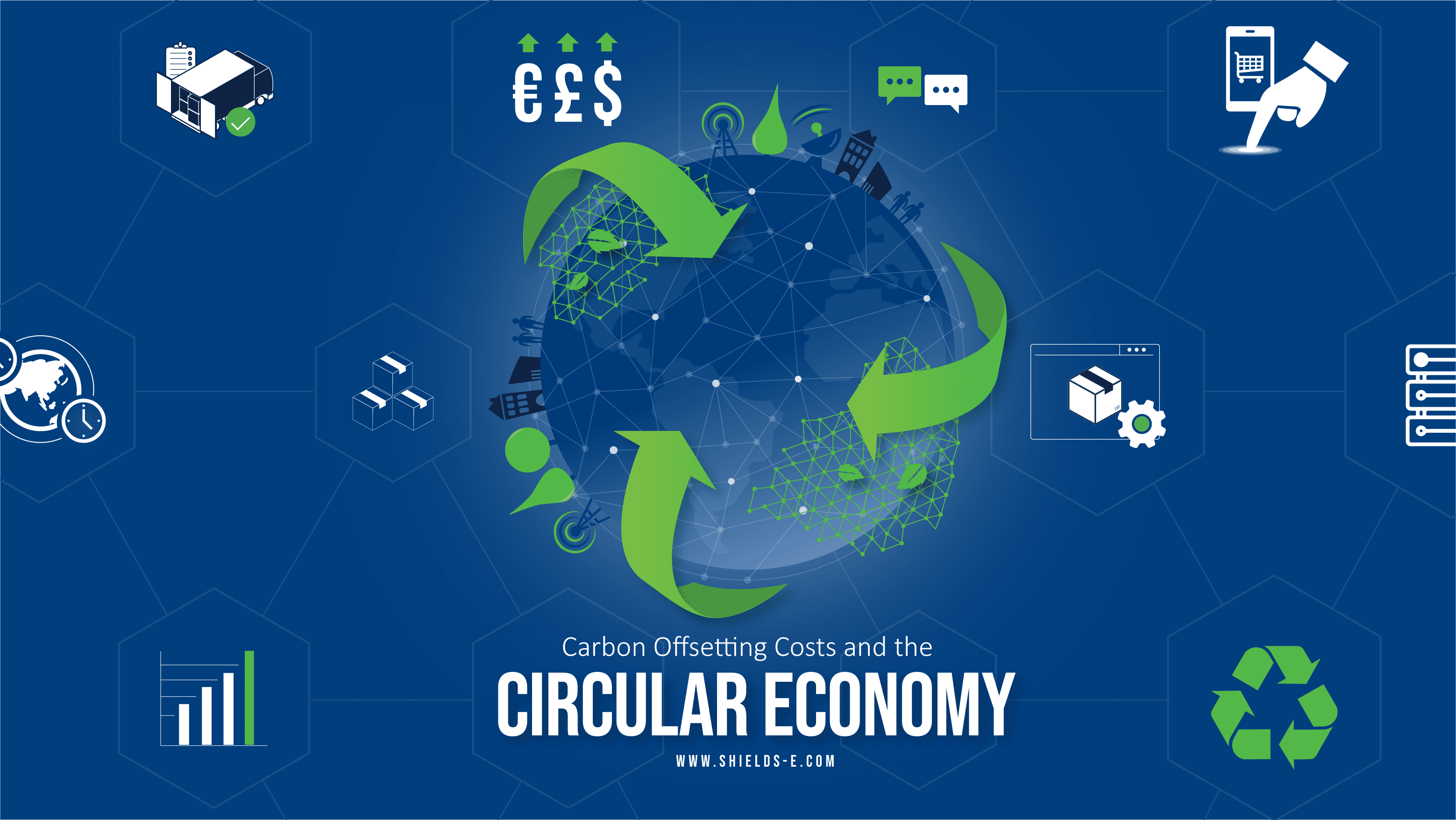Many of us know we need to reduce our carbon footprint but in the telecoms industry, it can be hard to know how to get there. That’s where our MarketPlace solution comes in, read on to find out more about how you can reduce your carbon footprint and your costs through the circular economy.
As we move towards the NetZero targets set out in the Paris Agreement, it is becoming more pressing than ever that every industry finds ways to reduce and eliminate carbon emissions. The development of a circular economy represents a significant opportunity for many sectors to make strides towards more sustainable working practices and this is particularly true of the telecommunications industry.
Our MarketPlace solution has been carefully designed to help network operators make the transition into the circular economy. Our cutting-edge platform enables operators and providers to purchase equipment that has been used in a live environment and then is expertly refurbished so that it performs better than new. This allows operators to dramatically reduce their CO2 emissions and progress their greenhouse gas targets.
It is estimated that the telecommunications industry purchases at least 800 kilotonnes of network equipment each year, and according to GSMA, operators account for approximately 490 million tonnes MtCO2e per annum. By embracing the circular economy and opting to reuse and recycle network equipment rather than purchasing new items from the Original Equipment Manufacturers (OEMs), the industry could avoid 13,464,000Mt CO2e per annum.
The circular economy may also have financial benefits for telecommunication companies in relation to the costs associated with offsetting carbon emissions. Offsetting carbon allows companies to invest in emission reduction projects to compensate for their carbon output. In 2021, it was reported that carbon offset prices were between $3 and $5 per metric ton of CO2. However this figure is set to rise dramatically over the next eight years in line with demand. Some reports suggest that the price per metric ton of CO2 could reach between $20 and $50 by 2030.
In the context of the telecommunications industry, the cost for a telecoms company to offset their carbon emissions currently stands at $14,858.47 per year when purchasing via the OEMs. However, by opting to purchase equipment via our Marketplace instead, this cost is reduced to $1,407.05 which represents an annual saving of $1639.51. Should the offsetting costs reach their predicted levels of $50 per metric ton, this saving could significantly increase to $80,810.16 per year.
These substantial savings mean that, if all telecommunications providers around the world joined the circular economy there would be a global cost benefit of $103,523,113.98 per year at today’s prices. At the predicted 2030 costs, this would equate to a saving of $621,138,683.88 per annum.
The combination of more sustainable working practices and reduced running costs makes the circular economy an essential part of the future of the telecommunications industry and Shields MarketPlace is delighted to be able to support this development.
For more information about the ESG and cost benefits of our MarketPlace solution book a demo here.

